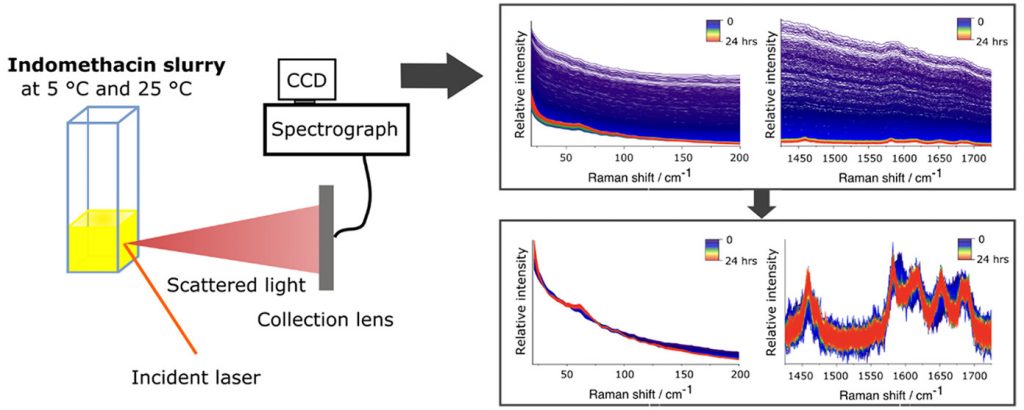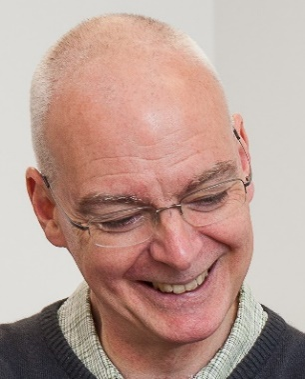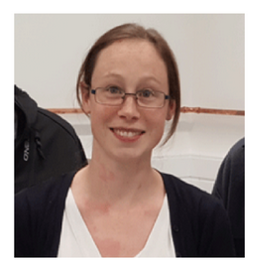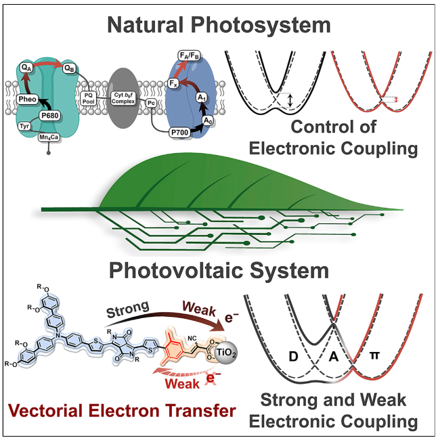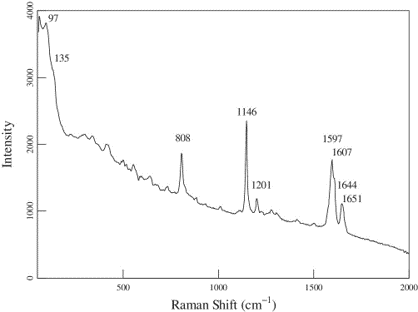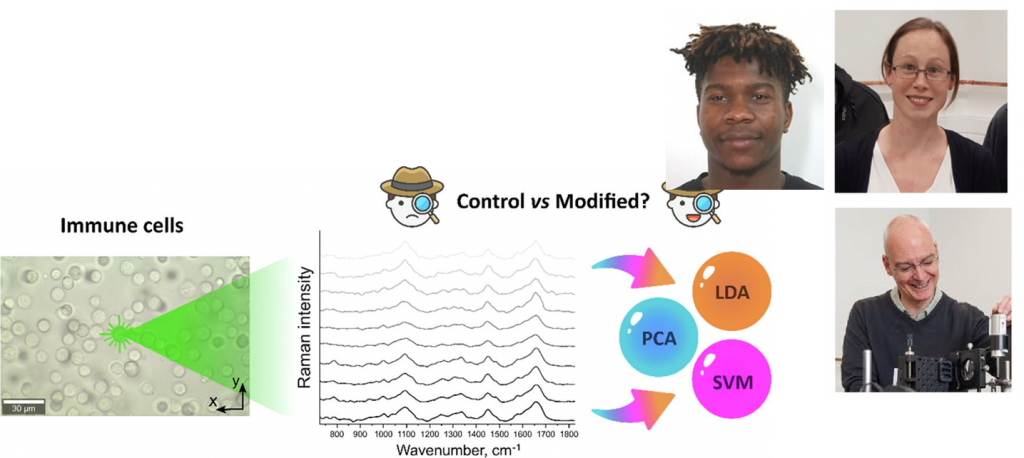New publication in Molecular Pharmaceutics
A recent publication in Mol. Pharmaceutics 2022, 19, 7, 2316–2326, https://doi.org/10.1021/acs.molpharmaceut.2c00126 , (366) highlights work carried out by Jaana Koskela (University of Helsinki), Joshua Sutton (Otago), Tiina Lipiäinen (Helsinki), Keith Gordon (Otago), Clare Strachan (Helsinki) and Sara Fraser-Miller (Otago). The paper “Comparison of low- and mid-frequency Raman spectroscopy for in situ monitoring of crystallization in amorphous pharmaceutical slurries” describes how Raman spectroscopy (particularly in the low frequency region) allows one to monitor crystallization in slurries of amorphous drugs.
Recent publication in European Journal of Mineralogy
Jeremy and Keith recently published work with the Otago Department of Geology (Matthew Tarling and Steven Smith) entitled “Crystallographic orientation mapping of lizardite serpentinite by Raman spectroscopy” in the European Journal of Mineralogy (2022) 34, 285 – 300 https://doi.org/10.5194/ejm-34-285-2022
This shows the importance of crystal orientation for observed Raman spectra and can be used to explain some phenomena within the literature.
New publication in Crystal Growth and Design
Kārlis, Peter, Sara and Keith recently published a paper entitled “Nondestructive Spatial Dehydration Analysis of Crystalline Hydrates in Pharmaceutical Solid Dosage Forms Using Spatially Offset Low-Frequency Raman Spectroscopy” in Crystal Growth and Design (2022) 22 2946–2953 https://doi.org/10.1021/acs.cgd.1c01401.
The paper showcases the capabilities of Spatially Offset Low-Frequency Raman Spectroscopy (SOLFRS) in being able to examine subsurface layers in a tablet and observe dehydration of those subsurface layers. The spectra were analyzed using multivariate methods and mode assignments were provided via periodic boundary condition calculations. An interesting potential for examining tablet degradation without the need to split open the tablet or even remove it from its packaging.
New publication in International Journal of Pharmaceutics
Keith, in collaboration with Bishal Adhikari and Shyamal Das, researchers from the School of Pharmacy (Otago), recently published “Amino acids improve aerosolization and chemical stability of potential inhalable amorphous Spray-dried ceftazidime for Pseudomonas aeruginosa lung infection” in the International Journal of Pharmaceutics (2022) 621 121799 https://doi.org/10.1016/j.ijpharm.2022.121799. The paper describes how amino acids can stabilize an active pharmaceutical ingredient formulated for use as a aerosol.
New publication in CHEM
Congratulations to Joe Mapley, Keith Gordon, and sabbatical visitors Deok-Ho Roh and Tae-Hyuk Kwon (Ulsan Korea) on their recent publication in Chem (2022) 8 ,1121-1136 https://doi.org/10.1016/j.chempr.2022.01.017
The paper, entitled “Molecular design strategy for realizing vectorial electron transfer in photoelectrodes” presents a design strategy integrating strong and relatively weak electronic coupling in a single sensitizer to realize the vectorial electron transfer for improved solar cells.
New publication in the Journal of Applied Polymer Science
Congratulations to Jono, Sara and Keith who recently published a paper entitled “Evaluation of crystallinity in carbon fiber-reinforced poly(ether ether ketone) by using infrared low frequency Raman spectroscopy” in the Journal of Applied Polymer Science (2022) 139, 51677
https://doi.org/10.1002/app.51677
The work was led by visiting researcher Makoto Yamaguchi (Akita University); it shows how low frequency Raman spectroscopy may be used to determine the crystallinity in polymers that have a direct impact on the quality of the materials – Makoto was particularly interesting in polymers used in the aviation industry
New publication in Crystal Growth and Design; Peter’s first paper :-)
Peter, Karlis, Sara and Keith recently published a paper entitled “Elucidating the Dehydration Mechanism of Nitrofurantoin Monohydrate II Using Low-Frequency Raman Spectroscopy” in Crystal Growth and Design (2022) 22 2733 – 2741, https://doi.org/10.1021/acs.cgd.2c00121
The work was done in collaboration with Copenhagen (Rades and Rantanen) and Syracuse (Korter).
Particular congratulations to Peter as this is his first paper and directly from his honours project work. It shows how low frequency Raman spectroscopy can be used to see chemical changes in drug formulations.
New publication in the Journal of Raman Spectroscopy
Samanlia, Keith and Sara recently published a paper entitled “Detection of structural degradation of porcine bone in different marine environments with Raman spectroscopy combined with chemometrics” in the Journal of Raman Spectroscopy (2022) 53, 82 – 94, https://doi.org/10.1002/jrs.6258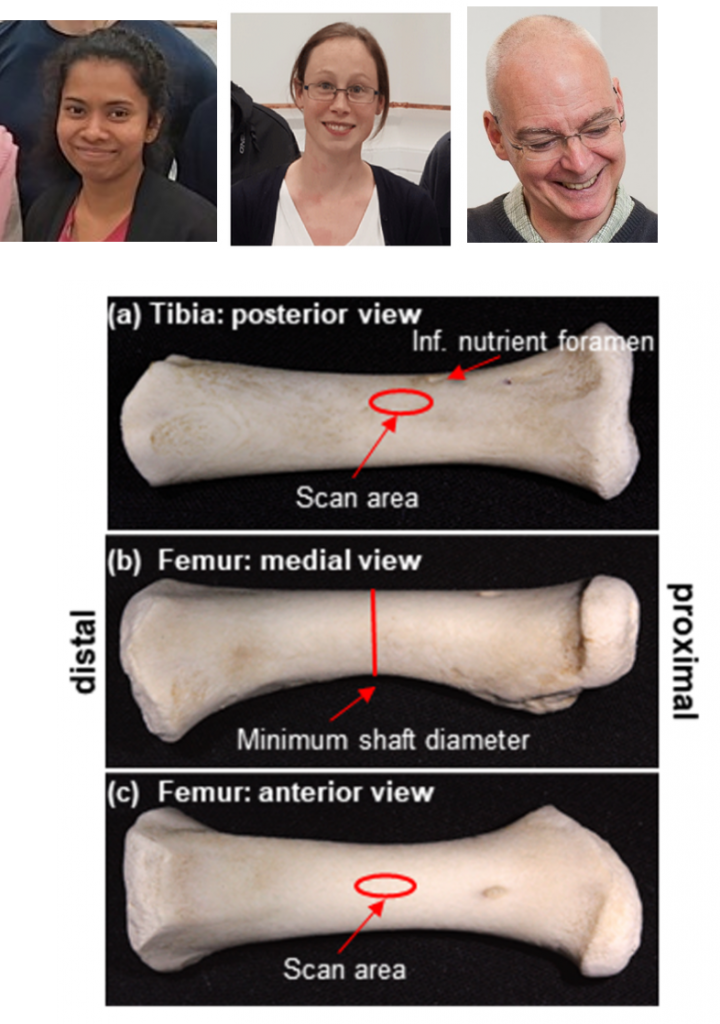
The work was in collaboration with Jennifer Hughes (from the Sir John Walsh Research Inst.) and Lynne Bell from the Centre for Forensic Research, School of Criminology, Simon Fraser University, Canada.
The work shows how the duration of bone burial in intertidal regions can be measured with Raman spectroscopy looking at changes in the phosphate band. The time prediction was good to about 1 month and required no additional treatments to the samples. This has some utility in forensic analysis
New publication in Spectrochimica Acta
New publication in Spectrochimica Acta Part A: Molecular and Biomolecular Spectroscopy.
Congratulations to Elliot Tay, Jono Barnsley, Keith Gordon who worked with Otago alumni Daniel Thomas (Massey, Auckland) for their recent publication “Elucidating the resonance Raman spectra of Psittacofulvins” https://doi.org/10.1016/j.saa.2021.120146
This work describes how resonance Raman spectroscopy can be used to figure out the pigment structures in parrot feathers. The group provided evidence for a long chain pigment that gives the deeper colours.
New publication in Spectrochmica Acta A
Congratulation to Chima Robert, Sara Miller and Keith Gordon who, with Otago medical researchers, recently published a paper entitled “Molecular monitoring of glioblastoma’s immunogenicity using a combination of Raman spectroscopy and chemometrics” Spectrochimica Acta A (2021) 252 119534 https://doi.org/10.1016/j.saa.2021.119534
This study explores how you can use Raman spectroscopy to detect glioma associated neuroinflammation caused by molecular differences. Glioma is when the cancer cells are fired up to rapidly replicate thus disseminating into the normal brain tissue and leading to tumour recurrence which is undesirable. Raman spectroscopy allows one ot see these dangerously active cells.

